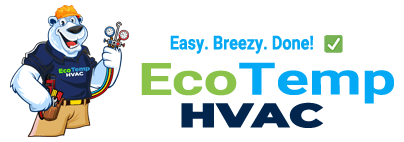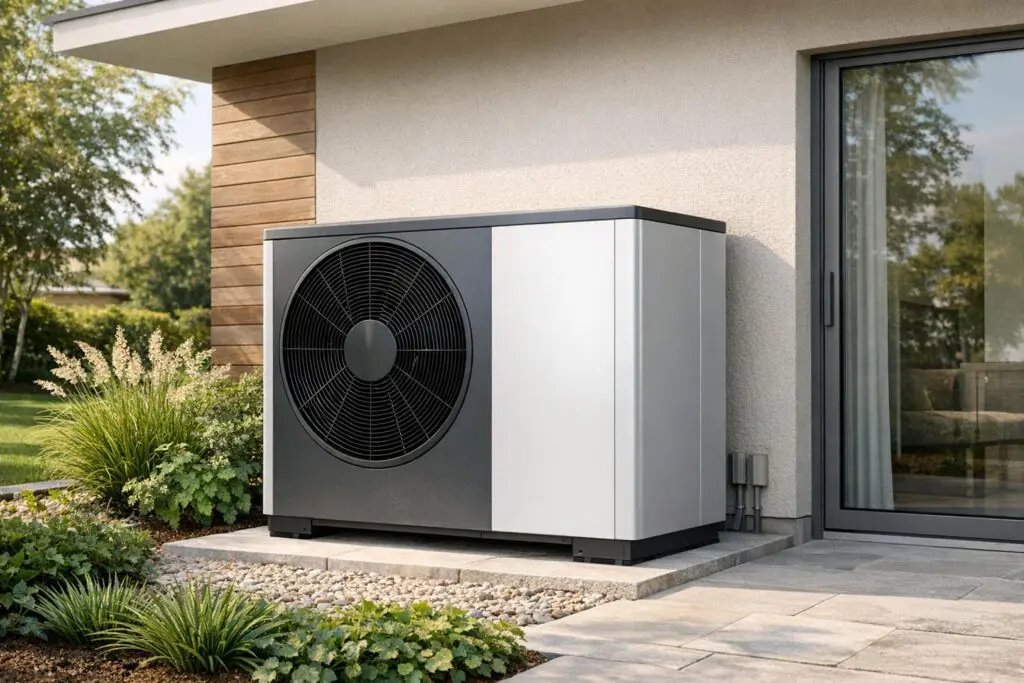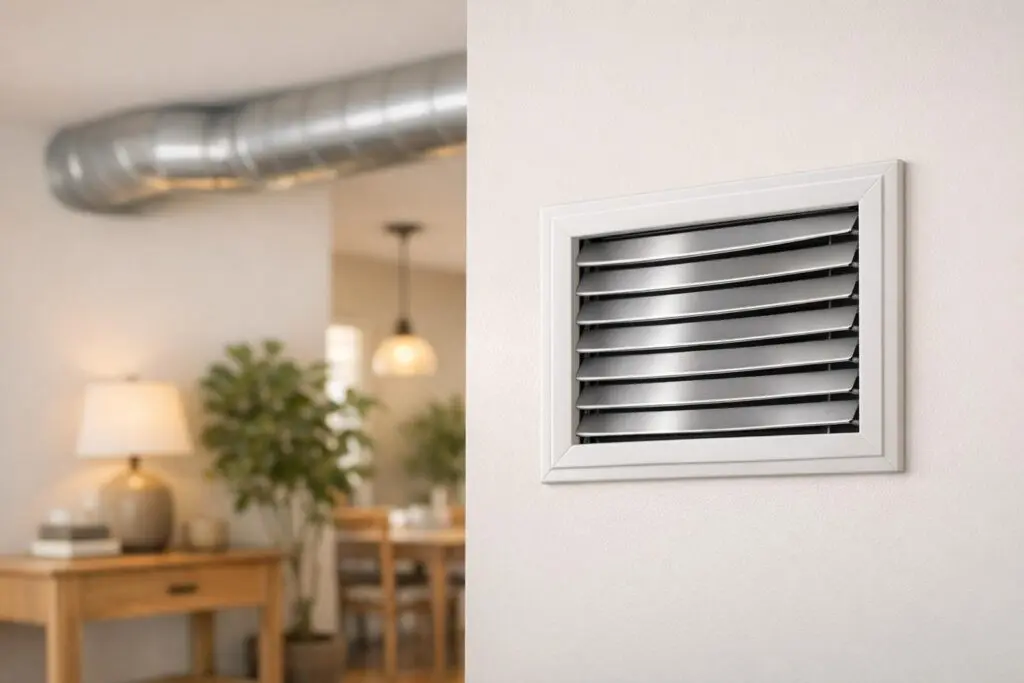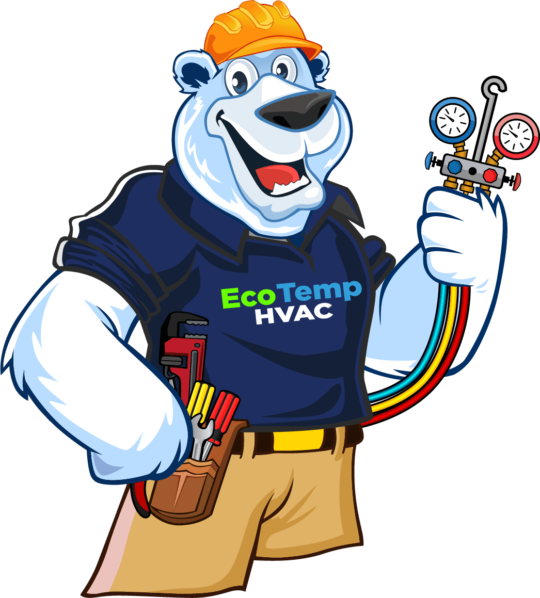Inflation Reduction Act – Frequently Asked Questions
Please note that the information about the Inflation Reduction Act (IRA) is still being updated as new details emerge, especially at the state level. Expect some changes over time.
What is the Inflation Reduction Act (IRA)?
The Inflation Reduction Act (IRA) was passed by the U.S. Government to help reduce inflation, lower carbon emissions, and more. This act includes tax credits for installing ENERGY STAR® certified home heating and cooling products, providing financial relief through various rebates and tax credits for HVAC systems.
Difference Between IRA Rebates and Tax Credit Offerings
The IRA includes two types of financial support:
- Rebates: These are administered at the state level and are primarily for lower-income households. Federally funded rebates are designed to be immediate, point-of-sale benefits and cannot be combined.
- Tax Credits: Available for federal income tax returns and can be combined. These tax credits are available for those with taxable income and can be applied for the following calendar/tax year.
See how you qualify with our Illinois Tax Credit Calculator.
Tax Credits Available Under the IRA
Tax Section 25C: Nonbusiness Energy Property Credit
Homeowners can receive a tax credit equal to 30% of installation costs for high-efficiency tier products, up to $600 for qualified air conditioners and furnaces, and up to $2,000 for qualified heat pumps.
Tax Section 25D: Residential Energy Efficient Property
This tax credit offers 30% of installation costs for ENERGY STAR® geothermal heat pumps until 2032, dropping to 26% in 2033 and 22% in 2034.
Tax Section 45L: New Energy Efficient Home Credit
Builders can receive credits for meeting specific energy-saving criteria. The credits are $2,500 for single-family homes and $500 for multi-family units that meet ENERGY STAR® 3.1 certification. Homes meeting the Department of Energy’s Zero Energy Ready requirements can receive $5,000 for single-family and $1,000 for multi-family residences.
Tax Section 179D: Commercial Buildings Energy-Efficiency Tax Deduction
This offers a tax deduction to building owners for installing qualifying energy-efficient systems, with up to $14,000 available in total.
Rebates Available Under the IRA
High-Efficiency Electric Home Rebate Program
Offers income-based rebates to low-to-moderate income (LMI) households, including:
- Up to $8,000 for electric heat pumps
- Up to $4,000 for electrical load service centers
- Up to $2,500 for electric wiring
HOMES Rebate
Provides rebates for energy efficiency upgrades that improve the energy performance of single-family homes or multi-family buildings.
Leveraging IRA Opportunities for Dealers
Dealers should stay informed about potential tax credits, efficiency requirements, and eligible products. By sharing these incentives in every sales presentation, dealers can help clients maximize available tax benefits and energy savings.
CEE and Energy Efficiency
The Consortium for Energy Efficiency (CEE) is a nonprofit that promotes energy efficiency across North America by supporting energy-efficient product standards and services. Check out the CEE’s resources for specific equipment specifications on air conditioners, heat pumps, and furnaces.
Defining a Cold Climate Heat Pump
For information on cold climate heat pumps and ENERGY STAR requirements, please refer to the official ENERGY STAR documentation.
Understanding LMI (Low-to-Moderate Income)
LMI is based on area median income (AMI) and determined by local authorities at the state, city, or county level. Check with your local office for your area’s requirements.
Further Information and Resources
For additional guidance, refer to the official IRA FAQ by CEE or consult your tax professional for more detailed information.
Visit our HVAC Rebate Center for more options for rebates and how you can apply directly for each one.





